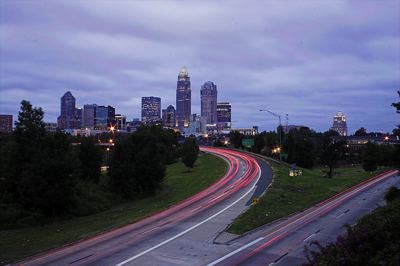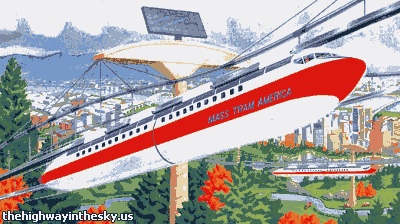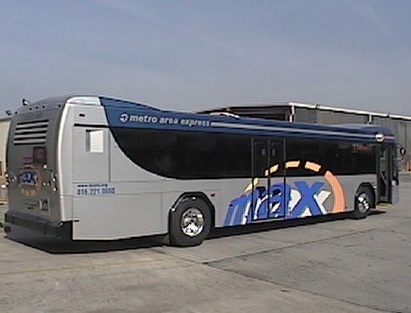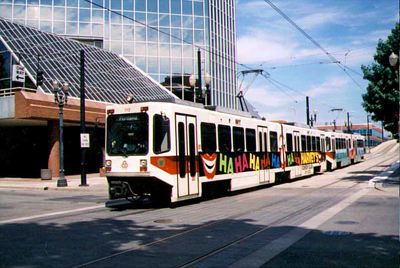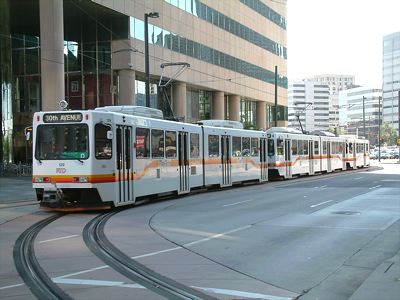Sound Transit, which is way overbudget in the construction of Seattle’s first light-rail line, now wants voters to approve a measure to build 50 more miles of light rail for the modest cost of $10.8 billion (in 2006 dollars). That’s a mere $216 million per mile, which is about four to five times the average cost of light-rail construction elsewhere.
I suspect this is going to be an uphill battle for the transit agency, if only because the Seattle Times article reporting this story emphasizes a much-higher figure of $23 billion (which includes projected inflation and some finance charges). Newspapers that want to promote light rail usually underplay the cost, but the Times feels burned by the last rail plan, which it supported, and which ended up costing far more than was projected.
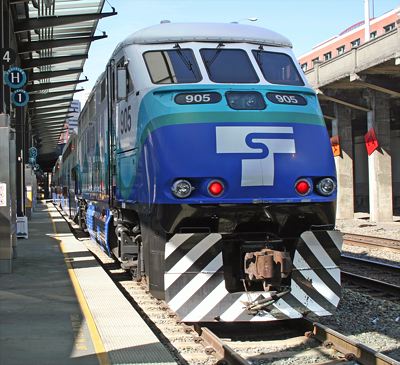
Sound Transit, which wants to build 50 more miles of light rail, is also running commuter trains. Ridership proved so far below forecast levels that the agency ended up selling many of the commuter cars it had purchased for the operation.
Flickr photo by MGJeffries.
Continue reading →

